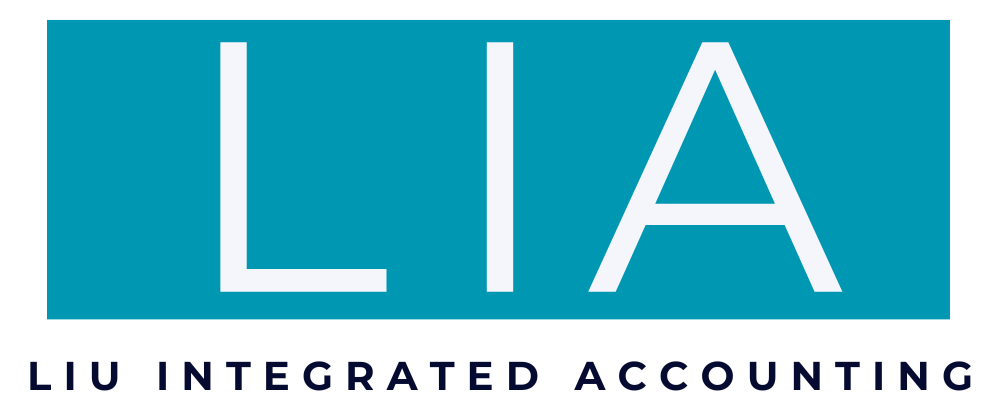In this article, we will explore five effective tax-saving strategies designed to help business owners optimize their personal tax returns. Implementing these strategies can provide significant financial benefits and ensure you are maximizing your allowable deductions.
1. Accountable Plan
Our top recommendation is the accountable plan. This plan allows business owners to get reimbursed for business-related expenses paid out of pocket, with the added advantage that these reimbursements are not taxable to you.
Example: Suppose you are a business owner who uses your personal vehicle for client meetings. Over a month, you spend $200 on gas and maintenance. With an accountable plan, you can submit this $200 expense to your business for reimbursement. As long as you keep detailed records and receipts, your business can reimburse you for the full amount. This arrangement benefits both parties: the business can deduct the expense, and you receive the reimbursement tax-free.
Common expenses eligible for reimbursement under an accountable plan include:
- Personal vehicle costs
- Cell phones
- Internet
- Home office expenses
2. Charitable Giving
Next, consider charitable giving. While your business cannot directly deduct charitable contributions, you can still claim them on your personal tax return.
Example: If you donated $2,000 to a charity, you can deduct that amount on Schedule A of your personal tax return, potentially lowering your taxable income.
3. Healthcare-Related Expenses
Self-employed individuals can benefit from several tax deductions related to healthcare costs. You may be eligible to deduct premiums you pay for medical, dental, and qualifying long-term care insurance coverage for yourself, your spouse, and your dependents.
4. Child Care & Dependent Care
Another valuable deduction is for child care and dependent care expenses. If you are paying for child care while you work, you may be eligible for the Child and Dependent Care Credit.
Example: If you spent $8,000 on child care for your two children, you could claim a percentage of that expense, ranging from 20% to 35%, depending on your income level. This credit also applies to expenses for caring for a dependent who is physically or mentally incapable of self-care.
5. Retirement Contributions
Lastly, consider retirement contributions. Contributing to retirement accounts such as a SEP IRA or Solo 401(k) is a powerful tax-saving strategy.
Example: If you contribute $10,000 to your SEP IRA, that contribution is deductible and can lower your taxable income for the current year while also helping you save for retirement.
In sum, each deduction and strategy comes with its own set of rules and limitations. Consulting with a tax professional is highly recommended to ensure you are making the most of these opportunities.

